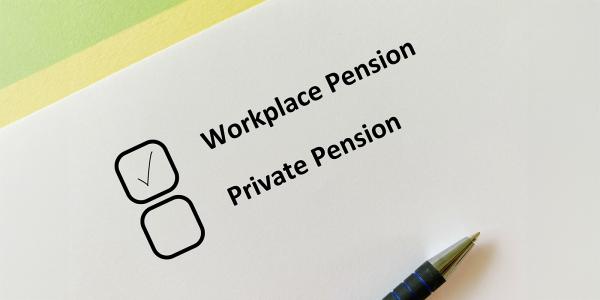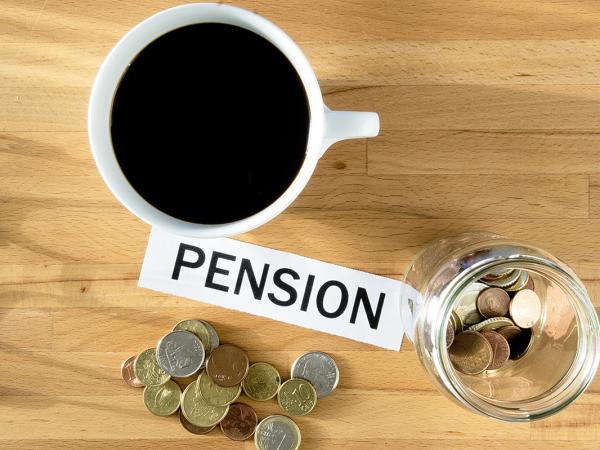Pensions: auto-enrolment into workplace pensions
Under auto-enrolment, employers must automatically enrol eligible workers into a qualifying pension scheme. Workers not automatically enrolled can opt-in to a pension scheme, if they wish.

Content on this page:
Overview
Auto-enrolment requires all employers (even those who just have one member of staff) to automatically enrol certain staff into a pension scheme and make contributions towards it. Usually the staff member will also have to make contributions to the pension scheme which the government tops up with tax relief.
Auto-enrolment is designed to ensure that workers have easy access to a workplace pension scheme, enabling them to save towards their retirement and enjoy an income over and above their state pension. We provide more information about workplace pensions generally on our page Workplace pensions.
Conditions
On the first day of their employment, employers must automatically enrol all staff who meet these conditions:
- Aged between 22 and the state pension age
-
You can work out when you will reach state pension age by using the calculator on GOV.UK.
- Working in the UK
-
This could be either under:
- a contract of employment; or
- a contract to provide work or services as part of someone else’s business, that you cannot delegate to someone else – such people are known as ‘workers’ for employment law purposes.
- Earning over £10,000 a year (2024/25)
-
£10,000 a year translates into the following amounts depending on how often you are paid:
Weekly £192 2-weekly £384 4-weekly £769 Monthly £833
If you do not meet the above eligibility criteria, you might do at some stage in the future, for example when you have a birthday or if your earnings change. Your employer should enrol you at that point, or after three months if they decide to postpone you – see below under the heading: Postponement.
You can read about how auto-enrolment applies to those with varying pay or multiple jobs, on our page Pensions auto-enrolment: common issues for low-income workers.
If or when you meet the eligibility criteria, your employer should write to you and let you know. In the letter they must tell you:
- the date they have added you to the pension scheme;
- the type of pension scheme and who runs it;
- how much they will contribute and how much you will have to pay in; and
- how you can leave the scheme if you want to.
Even if you meet the eligibility criteria, in some rare instances, your employer will still not have to automatically enrol you. You can find a list of the instances when your employer does not have to automatically enrol you on GOV.UK.
If you are genuinely self-employed in business on your own account, then auto-enrolment does not apply to you. However, you may still want to set up a pension scheme to provide funds for your retirement.
Postponement
Please note that it is possible for an employer to legitimately postpone offering a pension scheme to their staff for up to three months.
Postponement can be used in various circumstances, for example:
- from the date an employee first becomes eligible for auto-enrolment (for example, when they turn 22), or
- on the first day of employment.
If your employer chooses to postpone you, then they should write to you and let you know.
You can choose to opt into the pension scheme during the postponement period.
Opting out
From the date you are automatically enrolled, you will have a month to choose to ‘opt out’. If you do opt out, contributions made during this period should be refunded. If you opt out after a month, the contributions you have already made will usually have to remain in your pension pot. Therefore, if you do want to opt out, it makes sense to do this as early as possible. If you opt out, you can ask to re-join the scheme at a later date, but your employer may only allow you to do this once every 12 months.
Even if you do not ask to re-join, your employer will normally put you back into a scheme every three years. This is called re-enrolment.
You can find out more on the government’s MoneyHelper website about opting out of automatic enrolment, and rejoining.
If you opt out of your workplace pension, your employer will not make any contributions for you.
Please note that your employer cannot:
- encourage or force you to opt out of the scheme;
- unfairly dismiss or discriminate against you for staying in a workplace pension scheme; or
- imply that you are more likely to get a job if you choose to opt out of the pension scheme.
We discuss what to do if you are concerned about how your employer is dealing with auto-enrolment on our page Pensions auto-enrolment: resolving problems.
Opting in
You can ask to join a workplace pension scheme, even if you are not entitled to be automatically enrolled. Your employer may have to pay into it on your behalf depending on whether you are a ‘non-eligible jobholder’ or an ‘entitled worker’.
- Non-eligible jobholders
-
For example those aged 16 to 74, earning from £6,240 (in 2024/25) to £10,000 or those aged 16 to 21 or state pension age to 74 and earning at over £10,000.
You are entitled to opt in, with an employer contribution.
- Entitled workers
-
For example those earning under £6,240 (in 2024/25).
You are entitled to join a scheme, but are not entitled to an employer contribution if you do so.



